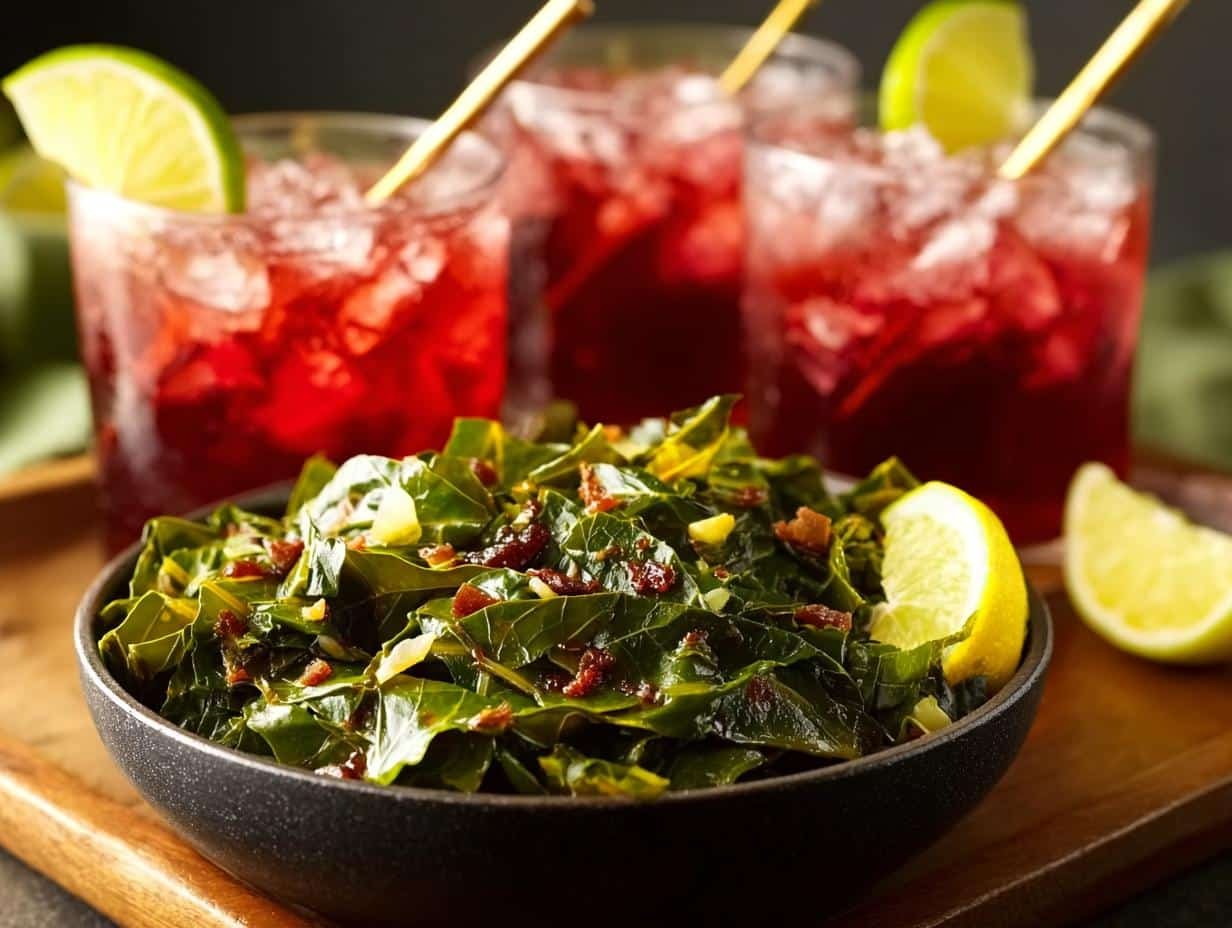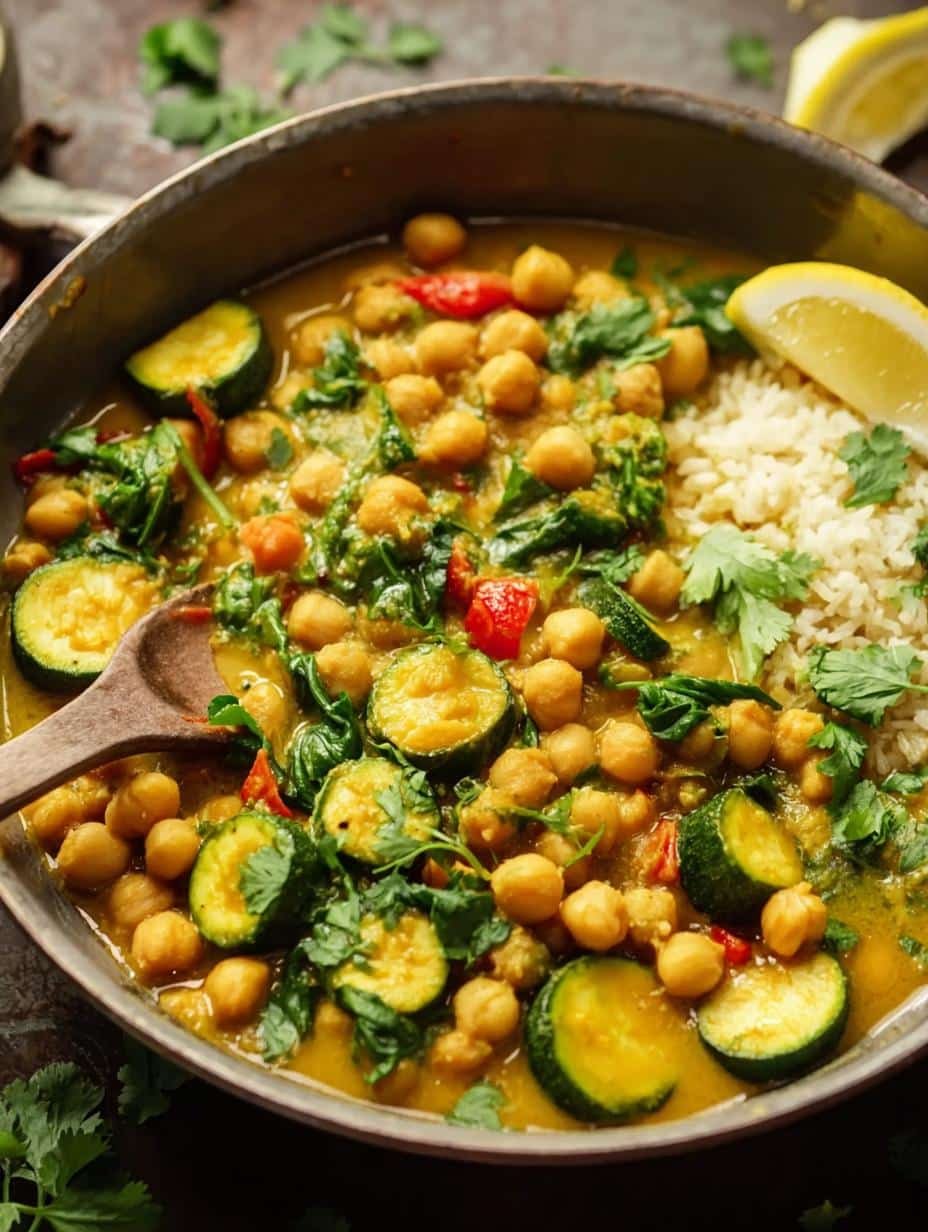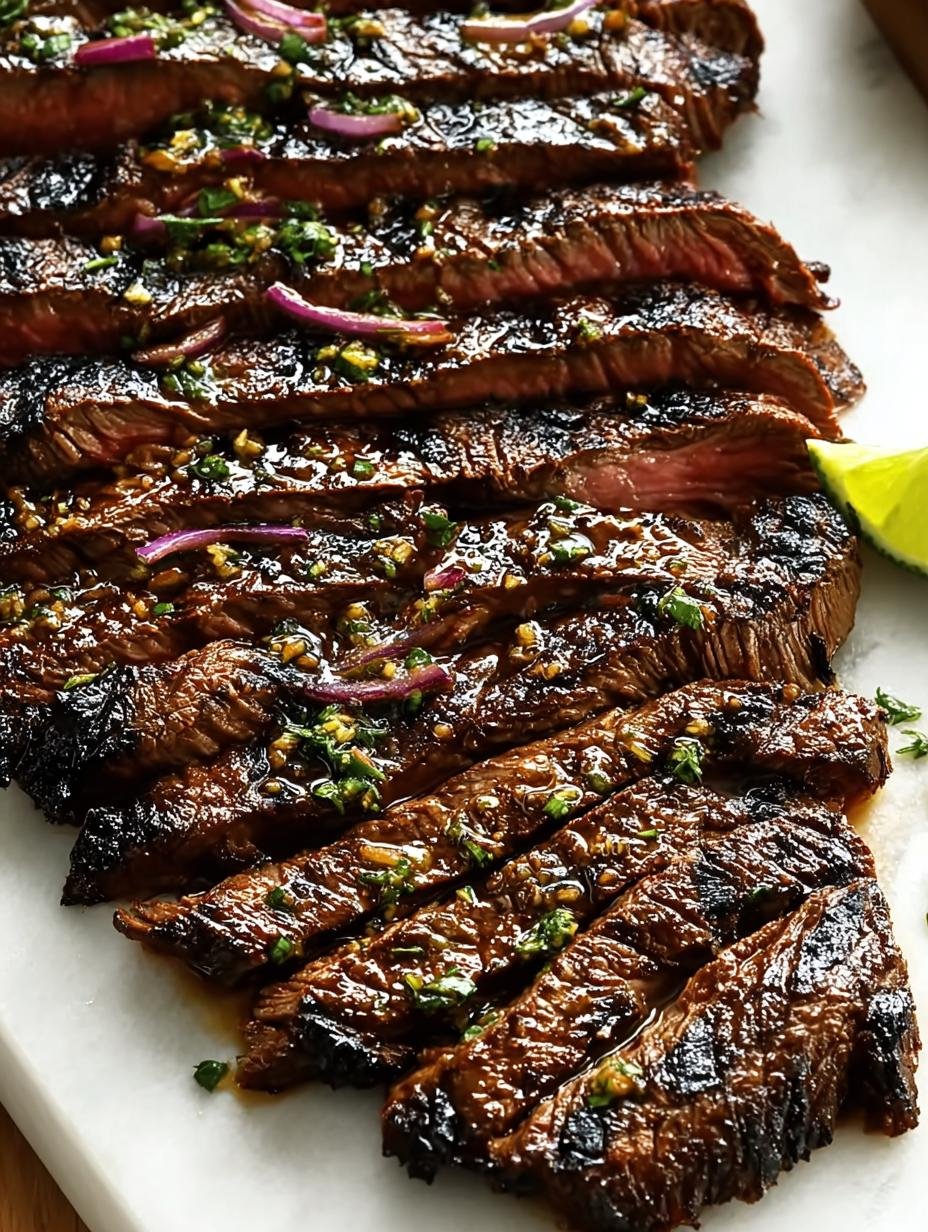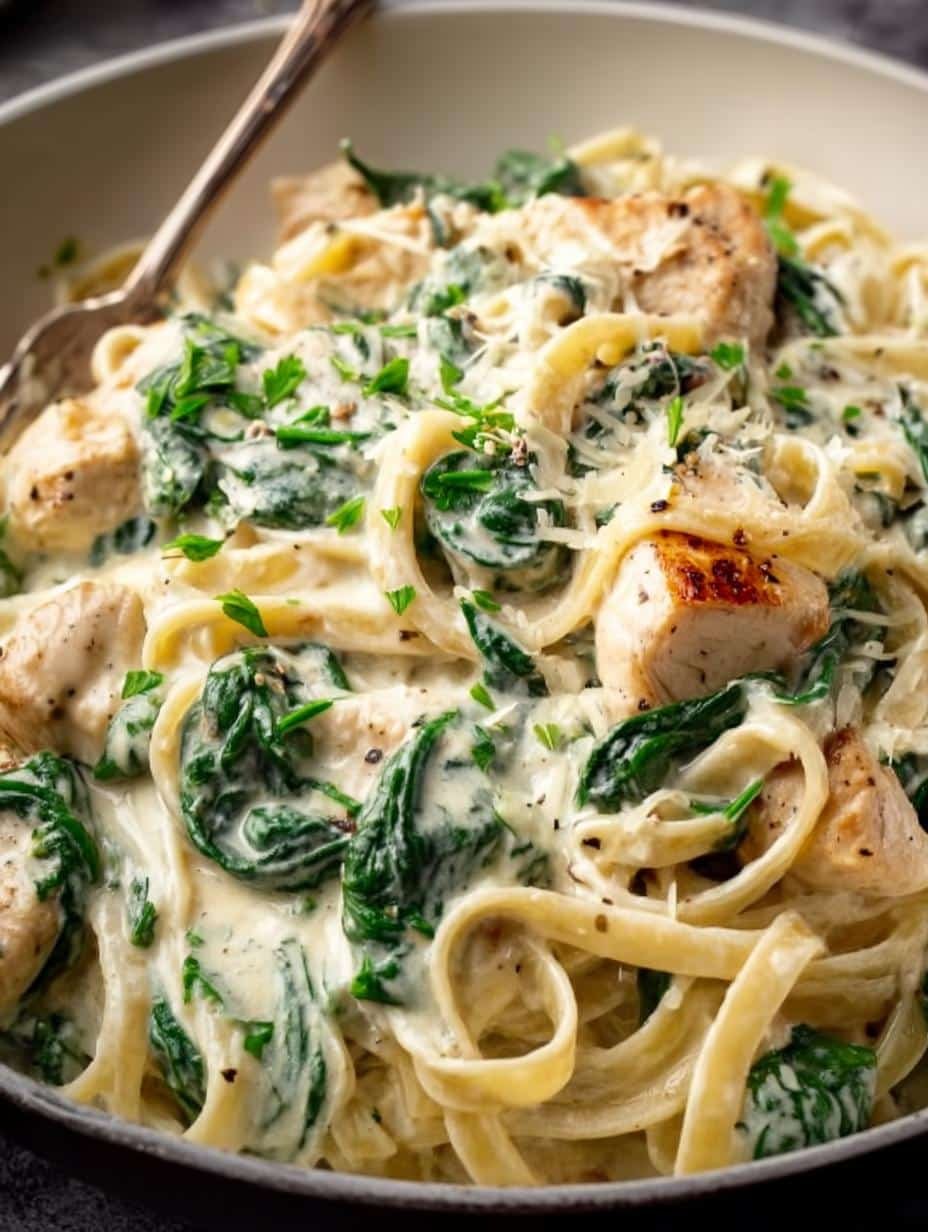Collard Greens Guide For Beginners has always been my go-to when I want a truly hearty and healthy meal. I remember my first time trying to cook them; I was so intimidated by those big, tough leaves! But once I learned a few simple tricks, they became a staple in my kitchen. The earthy aroma as they simmer, the tender texture, and the way they soak up flavor are just incredible. This Collard Greens Guide For Cooking will show you just how easy it is to transform them into a delicious dish. Let’s get cooking!
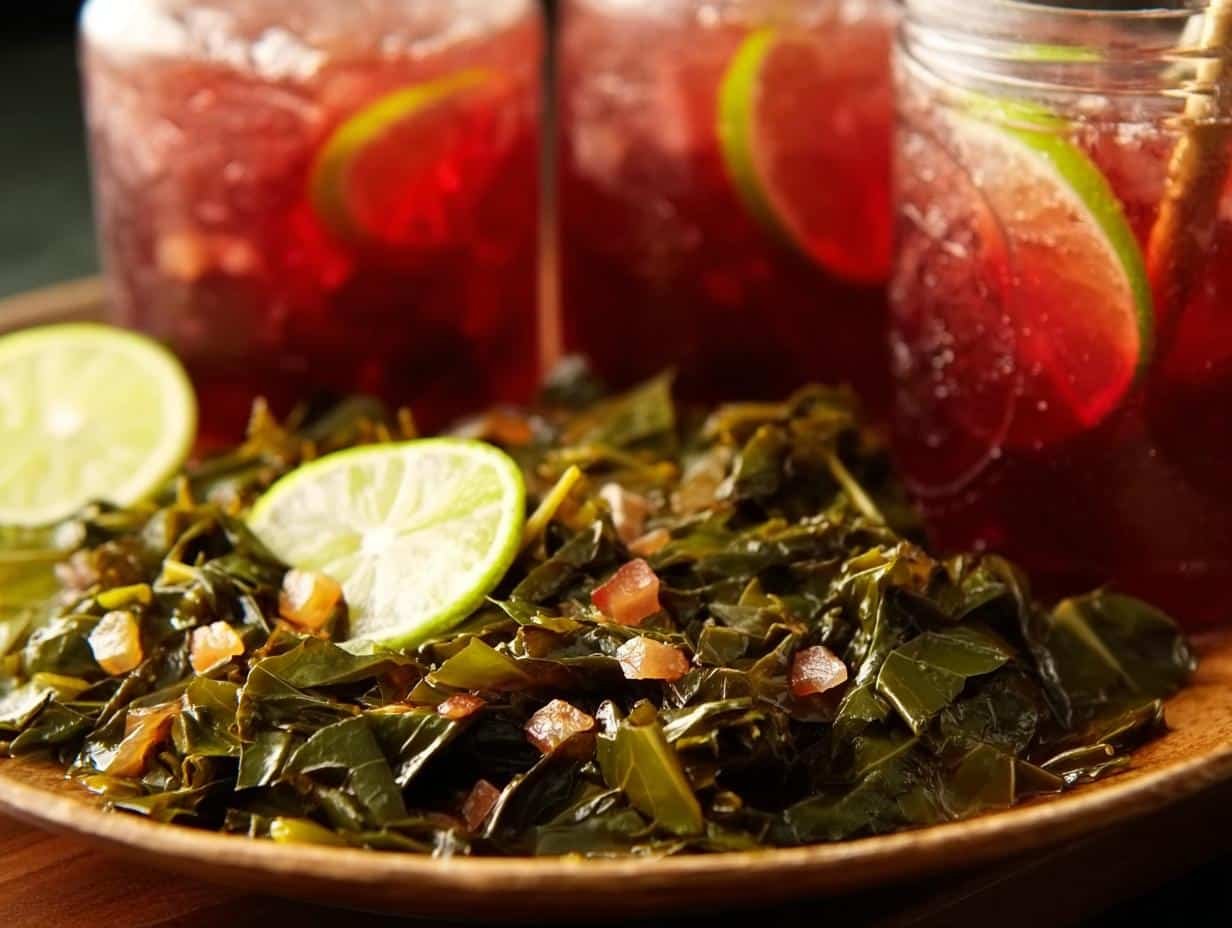
Ingredients for Collard Greens
Here’s what you’ll need for this fantastic Collard Greens Guide For Preparation, ensuring a delicious and healthy outcome:
- 1 large bunch fresh collard greens – about 10-12 large leaves, washed very well
- 2 tablespoons olive oil – a good base for sautéing the aromatics
- 4 cloves garlic, minced – for that essential savory depth
- 1 medium yellow onion, diced – this adds sweetness and body to the dish
- 2 cups vegetable broth (or chicken broth) – this liquid helps tenderize the greens and carries flavor
- Salt and freshly ground black pepper to taste – season at the end for best results
- 1/4 teaspoon red pepper flakes (optional) – for a gentle warmth
- 1 tablespoon apple cider vinegar – a touch of acidity brightens everything up
How to Cook Collard Greens
Mastering collard greens is easier than you think, and this Collard Greens Guide For Cooking will walk you through every step. The key is proper preparation and patient simmering to achieve that perfect tender, flavorful bite.
- Step 1: Start by thoroughly washing your collard greens. I like to fill my sink with cold water and give them a good swish to remove any dirt or grit. Then, I trim off the tough bottom stems and chop the leaves into bite-sized pieces.
- Step 2: Heat 2 tablespoons of olive oil in a large, heavy-bottomed pot or Dutch oven over medium heat. You’ll know it’s ready when the oil shimmers.
- Step 3: Add the 4 minced garlic cloves and 1 diced onion to the pot. Sauté them for about 3 to 4 minutes, stirring frequently, until the onion is translucent and the garlic is fragrant. The aroma is amazing!
- Step 4: Now, add your chopped collard greens to the pot. They’ll seem like a lot, but they cook down significantly. Stir them around to coat them in the garlic and onion mixture.
- Step 5: Pour in 2 cups of vegetable broth (or chicken broth for a richer flavor). If you like a little heat, now’s the time to add a pinch of red pepper flakes. This liquid is essential for our Collard Greens Guide For Cooking, as it helps them become wonderfully tender.
- Step 6: Bring the liquid to a gentle simmer, then cover the pot. Let the greens cook for at least 30 to 40 minutes, stirring occasionally. You’re looking for them to be fork-tender.
- Step 7: Once they’re tender, remove the lid. Stir in 1 tablespoon of apple cider vinegar. This little bit of acidity really brightens up the flavor.
- Step 8: Taste and season generously with salt and freshly ground black pepper. Serve hot and enjoy the fruits of your labor!
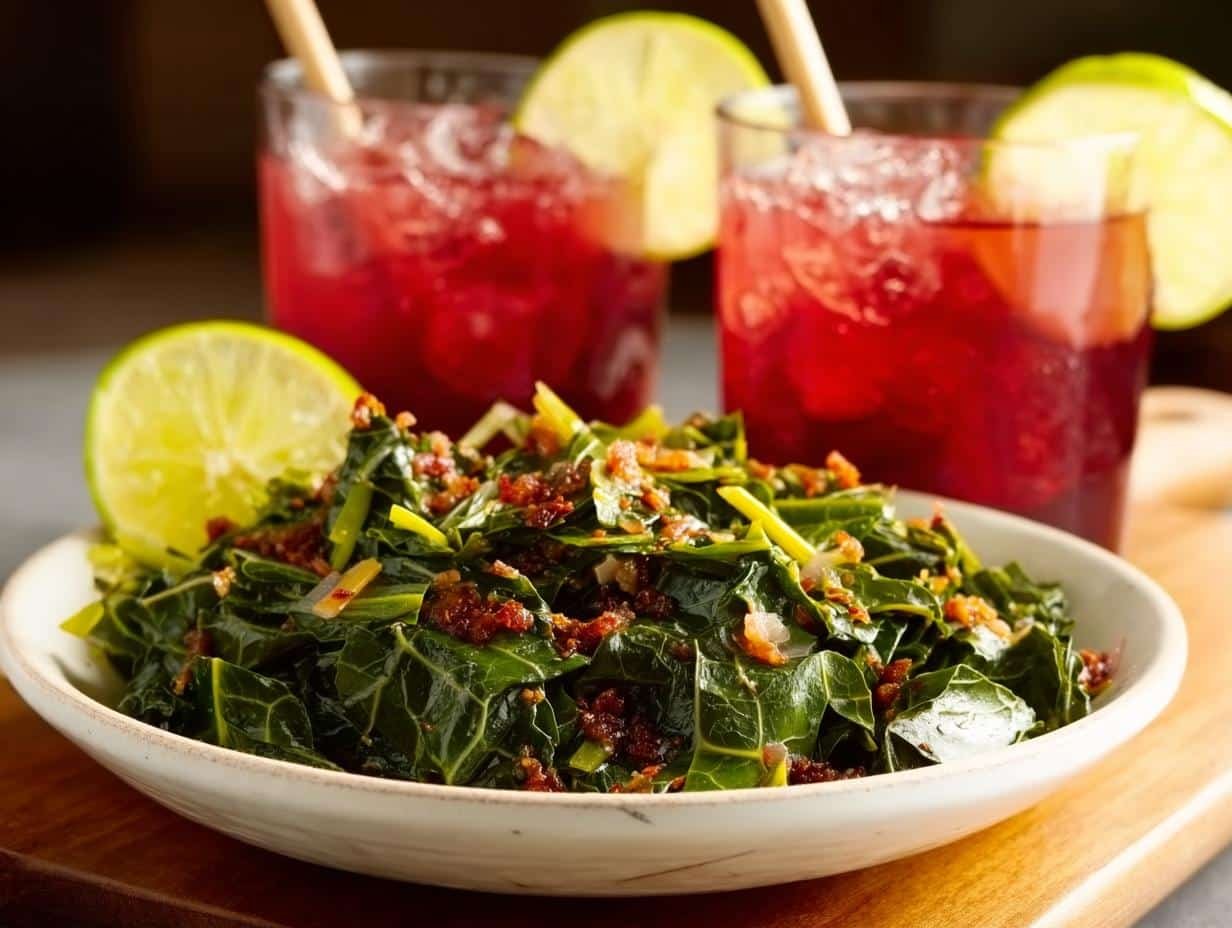
Pro Tips for the Best Collard Greens
Follow these tried-and-true tips to guarantee delicious, tender collard greens every time:
- Always take the time to wash your greens thoroughly. I’ve found that a good soak in cold water followed by a rinse helps remove all the grit.
- Don’t be afraid to let them simmer! Patience is key. The longer they cook, the more tender and flavorful they become.
- A splash of acidity at the end, like apple cider vinegar or lemon juice, truly makes a difference in brightening the overall taste.
What’s the secret to perfectly cooked collard greens?
The real secret in this Collard Greens Guide For Cooking is to not rush the simmering process. Allowing them to cook for at least 30-40 minutes, or even longer, breaks down their tough fibers, making them incredibly tender and flavorful. For more cooking inspiration, check out our recipes.
Can I prepare collard greens ahead of time?
Absolutely! You can wash and chop your collard greens a day in advance. Store them in an airtight container in the refrigerator. This makes the actual cooking process much quicker on busy weeknights.
How do I avoid common mistakes when cooking collard greens?
The biggest mistake is not cooking them long enough, leaving them tough. Also, avoid over-salting until the end, as the greens will reduce and the salt can become concentrated.
Best Ways to Serve Collard Greens
Now that you’ve mastered cooking them, you’re probably wondering how to enjoy these delicious greens. This Collard Greens Guide For Eating offers some of my favorite pairings. They’re fantastic alongside classic Southern dishes like fried chicken or cornbread. I also love them with a hearty piece of baked fish or a flavorful stir-fry. For a lighter meal, consider adding them to a big, vibrant salad or even blending them into a green smoothie for an extra nutrient boost!
Collard Greens Nutrition Facts
Understanding the nutritional power packed into this Collard Greens Guide For Nutrition is inspiring! A serving of these cooked greens is a fantastic way to boost your daily intake of essential vitamins and minerals.
- Calories: Approx. 50-70
- Fat: Approx. 2-4g
- Saturated Fat: Approx. 0.5g
- Protein: Approx. 2-3g
- Carbohydrates: Approx. 5-8g
- Fiber: Approx. 3-5g
- Sugar: Approx. 1-2g
- Sodium: Varies based on added salt
Nutritional values are estimates and may vary based on specific ingredients used. For more information on healthy eating, you can refer to resources on healthy eating.
How to Store and Reheat Collard Greens
Properly storing and reheating your cooked collard greens ensures you can enjoy their deliciousness for days to come! This part of our Collard Greens Guide For Storing is super important for minimizing waste and maximizing flavor.
- Cool down: Let your cooked collard greens cool completely at room temperature before storing. This prevents condensation, which can make them soggy.
- Refrigerate: Transfer the cooled greens into an airtight container. They’ll stay fresh in the refrigerator for about 3 to 4 days.
- Freeze: For longer storage, place cooled greens in freezer-safe containers or heavy-duty freezer bags. Squeeze out as much air as possible. They can be frozen for up to 3 months.
To reheat, gently warm them on the stovetop over low heat, adding a splash of broth or water if needed. You can also reheat them in the microwave. Both methods work great!
Frequently Asked Questions About Collard Greens
What are the health benefits of collard greens?
Collard greens are nutritional powerhouses! This Collard Greens Guide For Health Benefits highlights their rich content of vitamins A, C, and K, plus essential minerals like calcium and potassium. They are also packed with antioxidants and fiber, which are great for digestion and overall well-being. Learn more about the benefits of leafy greens.
How do I make collard greens less bitter?
To combat bitterness, ensure you’re using fresh greens and properly removing the tough stems, as bitterness can concentrate there. A little bit of acidity added at the end of cooking, like apple cider vinegar or lemon juice, also helps to cut through any lingering bitterness. Plus, simmering them until they are very tender makes a big difference!
Can I use collard greens in salads or smoothies?
Absolutely! While often cooked, raw collard greens can be a fantastic addition to salads. Just be sure to chop them finely and perhaps massage them with a little dressing to soften them up. They also blend surprisingly well into smoothies, adding a nutrient boost without an overpowering flavor, especially when paired with fruits like berries or pineapple. For a similar healthy option, try our Zucchini Noodle Chicken Alfredo.
Why are my collard greens tough?
Tough collard greens are usually a sign they haven’t been cooked long enough. My Collard Greens Guide For Health Benefits emphasizes patience; they need time to break down. Aim for at least 30-40 minutes of simmering, or even longer, until they are fork-tender. Using a bit of liquid, like broth or water, and covering the pot helps them steam and soften beautifully.
Variations of Collard Greens You Can Try
Once you’ve mastered the basic recipe, this Collard Greens Guide For Vegetarians opens up a world of delicious possibilities! Don’t be afraid to experiment with different flavors and cooking methods to find your favorite way to enjoy these leafy greens.
- Smoky Southern Style: For that authentic soul food flavor, add a smoked ham hock or a few strips of bacon to the pot while simmering. This infuses the greens with a deep, savory, smoky taste that’s hard to beat.
- Spicy Sauté: Skip the simmering and opt for a quick sauté. Chop your greens finely, sauté garlic and onion in olive oil, then add the greens along with a pinch of red pepper flakes and a splash of lemon juice. Cook until just wilted for a vibrant, slightly crisp texture.
- Creamy & Cheesy: Stir in a tablespoon of cream cheese or a sprinkle of Parmesan cheese at the end of cooking for a richer, more decadent dish. This adds a lovely creaminess that complements the earthy greens perfectly.
- Sweet & Tangy: Incorporate a tablespoon of brown sugar or maple syrup along with the vinegar for a subtle sweetness that balances the greens’ natural earthiness. It’s a delightful twist that many find surprisingly delicious. For another flavorful dish, try our Persian Chicken Recipe.
Collard Greens Guide For: Foolproof Cooking
A comprehensive guide to cooking and enjoying collard greens, a nutritious and versatile leafy green popular in Southern cuisine. Learn preparation, cooking techniques, and serving suggestions for this healthy ingredient.
- Prep Time: 15-20 minutes
- Cook Time: 30-40 minutes
- Total Time: 45-60 minutes
- Yield: 4-6 servings 1x
- Category: Side Dish, Main Course
- Method: Sautéing, Simmering
- Cuisine: Southern
- Diet: Vegetarian
Ingredients
- 1 bunch fresh collard greens
- 2 tablespoons olive oil
- 4 cloves garlic, minced
- 1 onion, diced
- 2 cups vegetable broth (or chicken broth)
- Salt and pepper to taste
- Red pepper flakes (optional)
- 1 tablespoon vinegar (apple cider or balsamic)
Instructions
- Wash and clean the collard greens thoroughly under cold water. Remove tough stems and chop leaves into bite-sized pieces.
- Heat olive oil in a large skillet or pot over medium heat.
- Add minced garlic and diced onion. Sauté for 3-4 minutes until translucent and fragrant.
- Add chopped collard greens to the skillet. Stir to coat with the oil and garlic mixture.
- Pour in vegetable broth, ensuring it covers the greens. Add red pepper flakes if desired.
- Cover the skillet and simmer for 30-40 minutes, stirring occasionally, until tender.
- Taste and season with salt, pepper, and vinegar.
- Remove from heat and serve hot.
Notes
- Experiment with spices like smoked paprika or garlic powder.
- Use fresh collard greens for the best texture and flavor.
- Allow collard greens to simmer long enough to become tender and flavorful.
- For a different flavor profile, incorporate smoked bacon or pancetta during sautéing.
- For a vegan version, use vegetable broth and omit meat.
- Increase garlic to 6 or more cloves for a stronger garlic flavor.
- Store leftovers in an airtight container in the refrigerator for up to 4 days.
- Freeze collard greens for up to 6 months in freezer-safe containers.
Nutrition
- Serving Size: 1 cup cooked
- Calories: Approx. 50-70
- Sugar: Approx. 1-2g
- Sodium: Varies based on added salt
- Fat: Approx. 2-4g
- Saturated Fat: Approx. 0.5g
- Unsaturated Fat: Approx. 1.5-3g
- Trans Fat: 0g
- Carbohydrates: Approx. 5-8g
- Fiber: Approx. 3-5g
- Protein: Approx. 2-3g
- Cholesterol: 0mg
